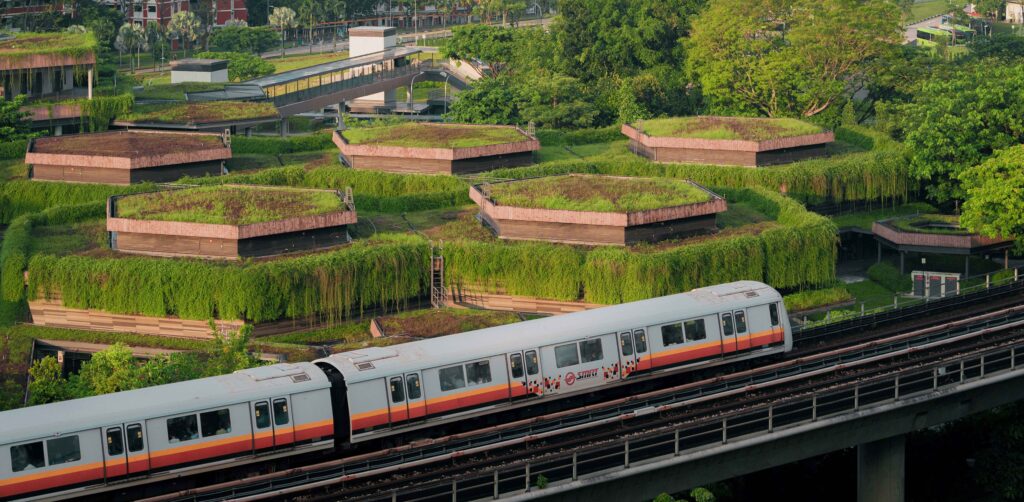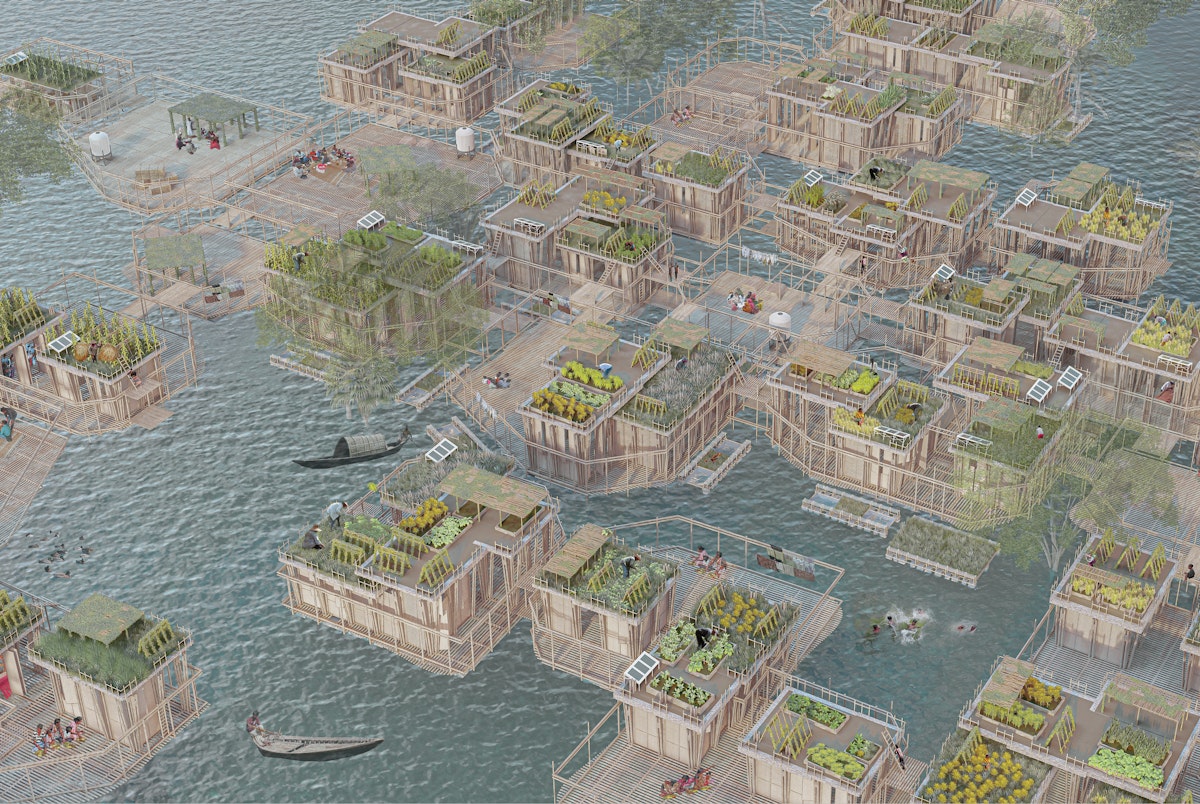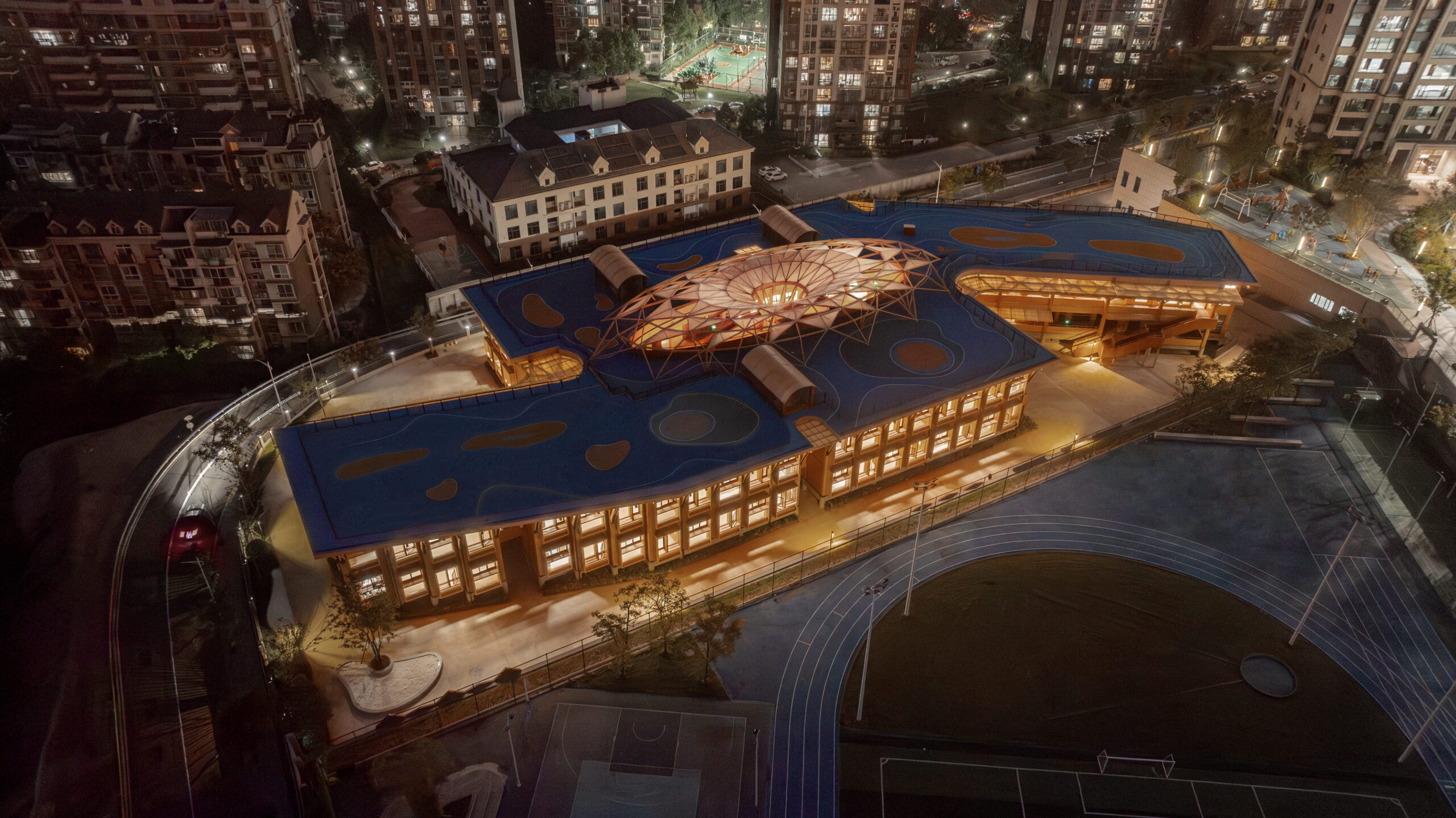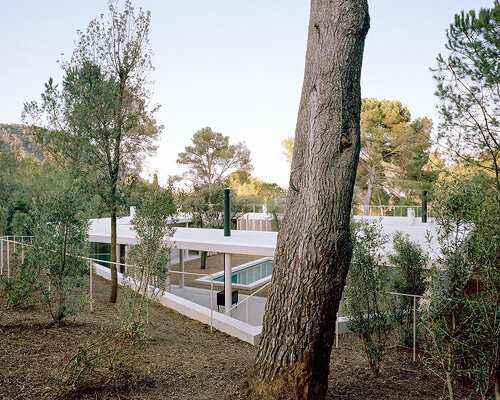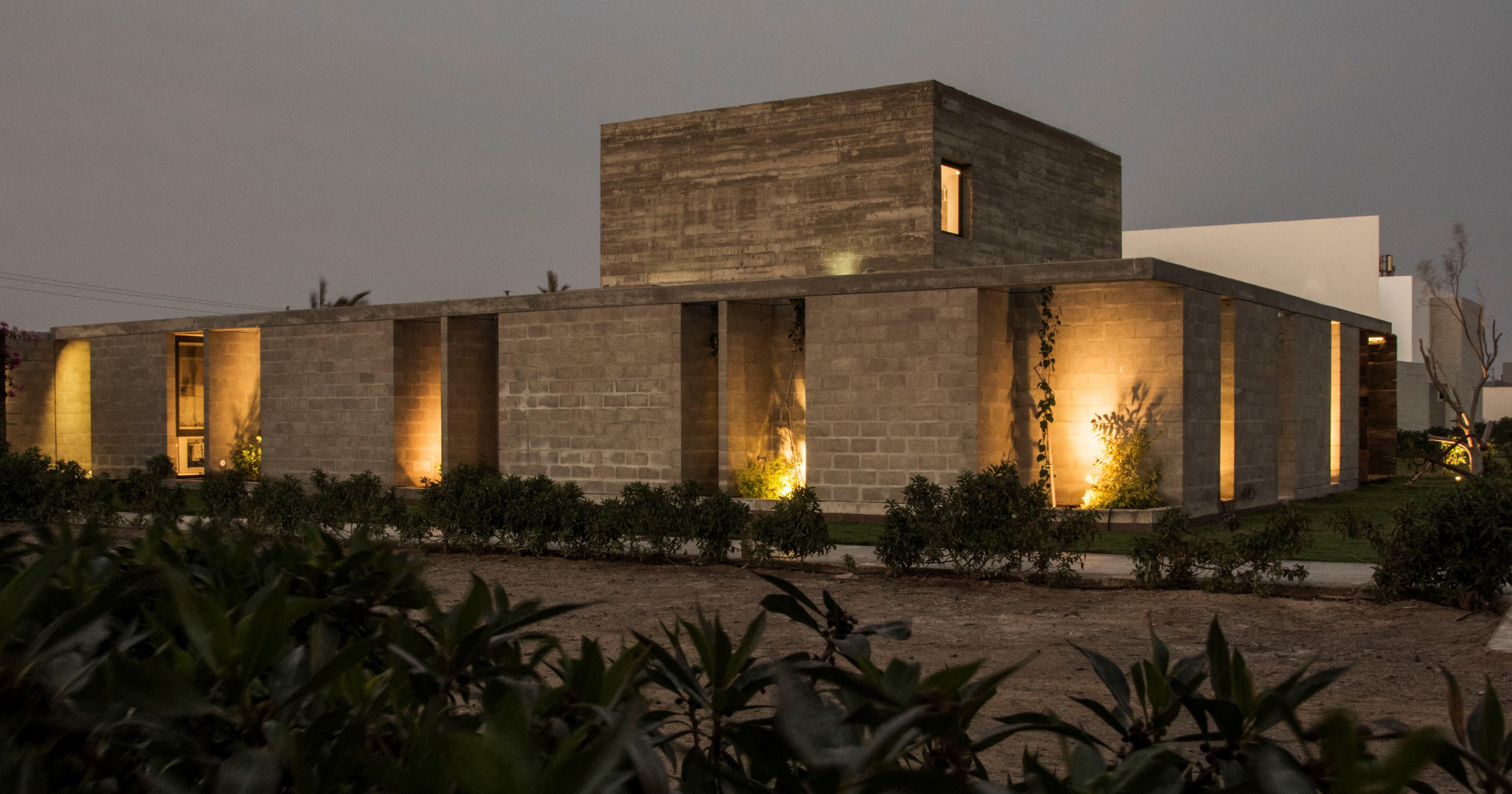Connected Classroom by Danish Kurani allows teachers to reach rural students in Alabama


Architect Danish Kurani has developed a prototype for a "connected" classroom, designed to enable expert teachers to remotely provide lessons to students in rural communities.
Kurani completed the first iteration of the Connected Classroom at Robert C Hatch High School in Alabama's rural Black Belt region, in partnership with nonprofit Ed Farm and the State of Alabama.

"As the United States grapples with rebuilding a more equitable and resilient educational system, glaring disparities in rural school infrastructure and access to qualified teachers have come into sharp focus," said Kurani.
His solution involves bringing expert teachers into specially designed classroom using the latest digital technology, and providing equipment for students to use within this reimagined environment.

"For decades, American classrooms, especially in rural areas, have remained stuck in an industrial-era blueprint: rows of desks aligned in rows, walls cluttered with overwhelming visuals, and harsh fluorescent lighting that strains students' focus," Kurani said.
"This traditional model, demanding compliance and in-person instruction, increasingly feels out of step with today's needs."

The new classroom eschews these tropes in favour of a simple interior design that's intended to foster focus and creativity, and quietly motivate students.
A calm palette of green and blue decorates the space and its furniture, and walls are lined with a sound-absorbing fabric spun from 100 per cent recycled polyester.

Dual-tone carpet tiles manufactured from recycled from plastic bottles are laid to guide users around the space.
At the front of the classroom is a large wall-mounted screen framed by a dark border, which is used for video conference presentations and discussions with the remote teacher.

The room is fitted with multiple cameras so that the remote teacher can also feel like they are in the room with students, while a local teacher remains present in-person during lessons to provide support.
"The arrangement allows local staff to gain new skills and exposure to advanced content areas, so the benefits extend to them as well as students," said Kurani.

A bank of headphones and tablets for students to use and return as needed are stored within a wood-panelled storage unit, which was made from a fallen ash tree.
Traditional desks face the windows, while rocking chairs, beanbags, bleachers and booth seating offer alternative places for students to use laptops and tablets.

Modular central tables are provided for group work, but these can be moved ahead of presentations or activities that require extra space.
Overhead lighting mimics natural sunlight to keep students alert throughout the day, and can be adjusted for focused work and dimmed for presentations.
As part of this project, Kurani consulted with 22 students from local schools, as well as data from 10 rural schools, and insights from educators, community leaders, and technology experts.
"This wasn't just a classroom designed for a community — it was built with it," the architect said.

Connected Classroom is intended to be scaled and implemented across the country, particularly in under-resourced rural areas including Alabama's Black Belt.
The Covid-19 pandemic forced millions of students online, and prompted a wave of rethinking around education and how to use digital resources to improve learning.

At the time, a white paper by interior design firm Roar assessed a range of key issues that students and teachers would be presented with when returning to classrooms, and declared that "education spaces will never be the same again".
Other recent innovations for the education sector include classroom furniture designed to suit Gen Z learning by Pearson Lloyd and SOM's ventilated, high-ceilinged, modular classroom for schools that require temporary accommodation.
The photography is by Erin Little.
The post Connected Classroom by Danish Kurani allows teachers to reach rural students in Alabama appeared first on Dezeen.




















